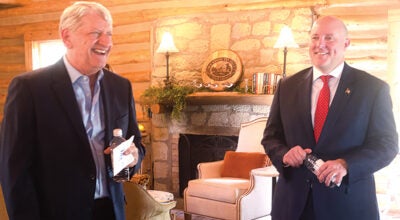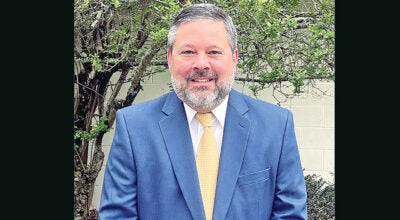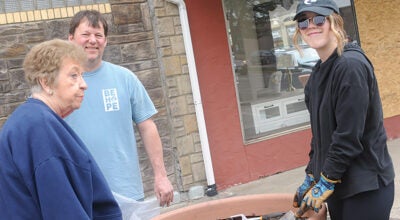Holding Court
Published 10:27 am Thursday, April 2, 2009
CHESAPEAKE — The judge wore orange instead of black and the attorneys were a little shorter than those who normally appear at the Lawrence County Municipal Court.
But, as for etiquette, the talented and gifted students from Chesapeake Middle School held court with the aplomb of their professional counterparts. And that was one of the purposes for the mock trials the TAG classes conducted Wednesday.
The eighth graders offered the racially charged story of a young African-American boy in Mississippi who is accused of brutally murdering a shop owner from “Roll of Thunder, Hear My Cry,” by Mildred Taylor.
That was followed by the seventh grade class’s presentation of “True Confessions of Charlotte Doyle” by Avi, which tells the story of a 13-year-old girl emigrating to America aboard a ship when there is a mutiny. When the first mate is murdered, Charlotte is accused.
All the students had to go on were witness statements and charges provided by The Ohio Center for Law Related Education, which has sponsored middle school mock trials for the past seven years. All the rest of it came out of the students’ imagination.
Ay there was the rub. All that unscripted stuff. Learning how to handle it was one of the biggest lessons for some of these ersatz advocates.
“I learned the court is more intense than it seems,” Jordan Taylor, a prosecutor in the Doyle case, said. “It’s hard to think on the tip of your toes. This teaches you to think quickly.”
Her prosecutorial colleague was Taylor Price who is eyeing a career in the law.
“This was a very good experience to learn,” she said.
Community members made up the jury, including Chesapeake Mayor Dick Gilpin who played foreman. Unlike a real jury, this group wasn’t isolated when they deliberated, but gave their feedback directly to the students. Their charge was not to determine guilt or innocence, but whether there should be a trial. Their answer was yes.
The defense was handled partly by Nick Malavenda, who agreed some fancy verbal footwork was mandatory.
“We had no clue what the other side would present,” he said. “We had to come up with responses quick on the spot.”
Malavenda took on the burden of presenting his team’s closing statement to the jury and called on a technique not usually seen in actual criminal trials. After a bravura presentation of how he saw the facts in the case, he ended with a plaintive cry:
“Please find her not guilty.”





